- Home
- Machining techniques
- CNC Machining Services
- Cooperative supply services
- Designs
- Materials
- Finishing Services
- Shop
- Products
- Guide
- About Us
- Contact Us
2021.1.22
With the rapid development of computers and technology in recent years, new high-precision control manufacture called advance CNC machining has been brought to public attention. For many people who may not know what CNC machining is, this article will tell you everything about CNC machining, tool types, advantages, differences as well as how precision CNC machining works?
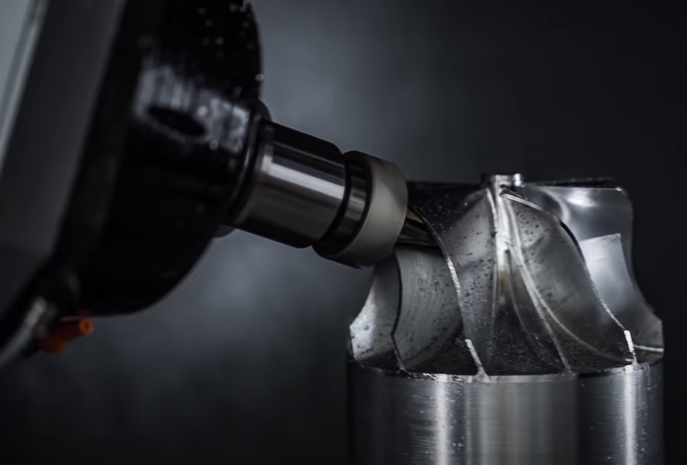
ALL You Need To Know About CNC Machining
CNC machines or computer numerically controlled machines are allowed electro-mechanical devices that can manipulate tools around varying Number axis. To shape and adjust the size of a piece of material (i.e. workpiece) by automatically removing the material. Usually, the material used is plastic or metal. When the removal is completed, the finished product has been produced. This process is also called subtractive manufacturing. In order to carry on the numerical control processing, the computer application program is used to control the machine tool movement.
How Do CNC Machining Works
The concept of CNC machine originated in the United States in the 1940s. In the 1950s, the first CNC machine came out. CNC Machining is a way to transform a stark piece of material such as aluminum, steel, titanium into finish products. CNC machines rely on digital instructions specifically refers to as G-Code. Before modern computers added manufacturing and computer-aided design programs, machines will manually write the G-Code to control these machines. As for the benefits of CNC Machines, it runs faster, has higher precision and accuracy. Allowing the digital design to a physical part.
Types Of Common CNC Machining Tools
CNC machining process includes the most common milling and lathes, followed by grinders and routers. The process can be used to control a range of complex machinery.
CNC Milling
CNC Milling is to use the rotating tool on the surface of the workpiece, moving along 3, 4 or 5 axes. Milling is basically to cut or trim the workpiece, which can quickly process complex geometry and precision parts with metal or thermoplastic.
Lathes
Turning is the use of a lathe to produce parts with cylindrical features. The workpiece rotates on the shaft and contacts with the precision turning tool to form the circular edge, radial and axial holes, grooves and grooves.
Advantages of CNC Machining
Compared with traditional manual machining, the speed of precision CNC machining is much faster. As long as the computer code is correct and in line with the design, the finished product has high dimensional accuracy and small error.
CNC manufacturing is an ideal rapid prototyping manufacturing method. It can also be used to manufacture end use products and components, but it is usually cost-effective only in low volume short-term production operations.
Multi-Axis CNC Machining
CNC milling involves removing material using a rotary tool. Either the workpiece remains stationary and the tool moves onto the workpiece, or the workpiece enters the machine at a predetermined angle. The more axes a machine has, the more complex its forming process will be and the faster its speed will be.
Since the cutting can only be done on three axes, the processing speed may also be slower than that of four or five-axis CNC, because the workpiece may need to be manually repositioned to obtain the desired shape.
3-Axis CNC Machining
Three-axis CNC milling is still one of the most popular and widely used machining processes. In 3-axis machining, the workpiece remains fixed and the rotating tool cuts along X, Y and Z axes. This is a relatively simple form of CNC machining, which can manufacture products with a simple structure. It is not suitable for processing products with complex geometry or complex components.Since the cutting can only be done on three axes, the processing speed may also be slower than that of four or five-axis CNC, because the workpiece may need to be manually repositioned to obtain the desired shape.
4-Axis CNC Machining
In four-axis CNC milling, the fourth axis is added to the movement of the cutting tool, allowing rotation around the X-axis. Now there are four axes – X, Y, Z and a (rotating around x). Most four-axis CNC machine tools also allow the workpiece to rotate, which is called the b-axis, so that the machine can act as both milling machine and lathe. If you need to drill on the side of a part or on the surface of a cylinder, 4-axis CNC machining is the best choice. It greatly speeds up the machining process and has high machining accuracy.
5-Axis CNC Machining
Five-axis CNC milling has an additional rotation axis compared with four-axis CNC milling. The fifth axis is about the Y-axis, also known as the b axis. The workpiece can also be rotated on some machines, sometimes called b-axis or c-axis. Because of the high versatility of 5-axis CNC machining, it is used to manufacture complex precision parts. Such as artificial limb or bone medical parts, aerospace parts, titanium parts, oil and gas mechanical parts, military products, etc.Usually 3 or 5 with high precision per instructions from the computer program. CNC machining is one of 2 ways that engineers, machines, or makers can generate physical parts from a computer design file.
The Difference Of CNC Machining and Additive Manufacturing
Additive manufacturing(AM) known as 3D printing technologies that build 3D objects by adding layer-upon-layer of material. The contrast between CNC machining and additive manufacturing technic. CNC machining is a subtractive process. On the other hand, 3D printing in an additive process essentially functioning reverse.C
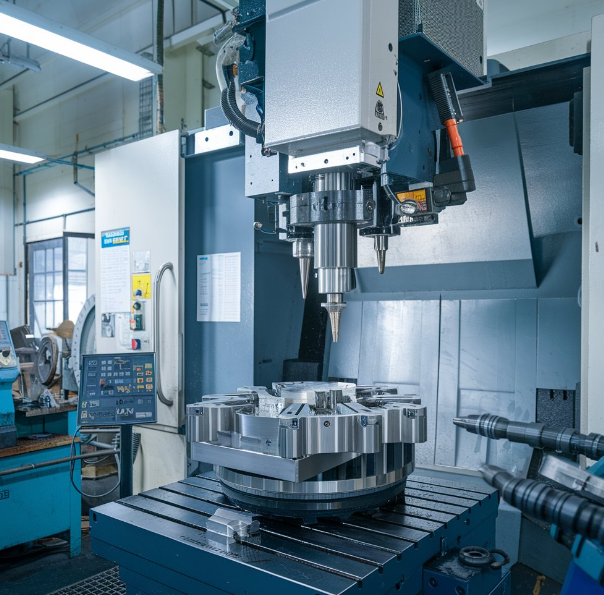 Why Choose China CNC Machining and How to Find the Best CNC Machining Manufacturer
Why Choose China CNC Machining and How to Find the Best CNC Machining Manufacturer
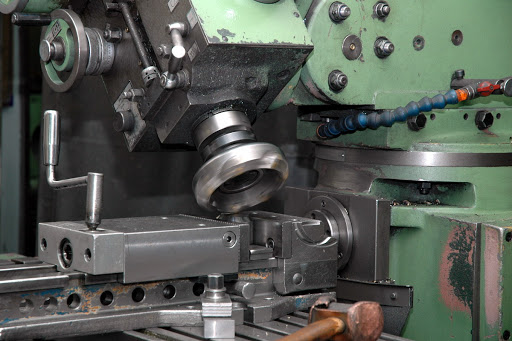 CNC Machining Vs Conventional Machining – Difference Between CNC Machining And Conventional Machining
CNC Machining Vs Conventional Machining – Difference Between CNC Machining And Conventional Machining
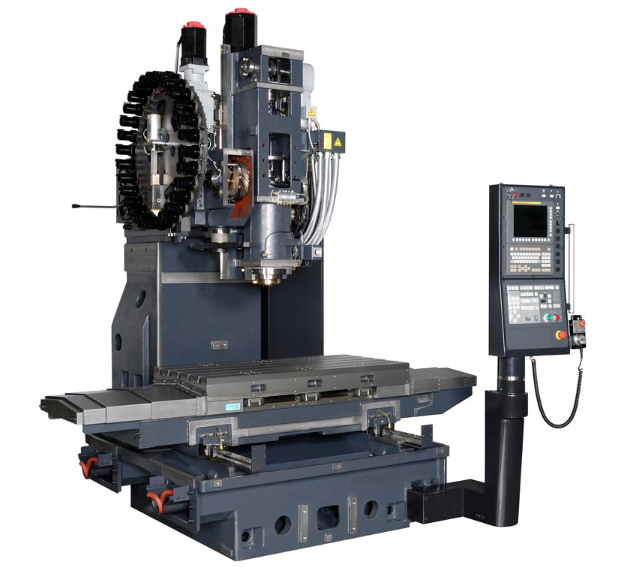 What is CNC Vertical Machining Center – VMC Machine Applications & Difference Between Horizontal Machining Center
What is CNC Vertical Machining Center – VMC Machine Applications & Difference Between Horizontal Machining Center
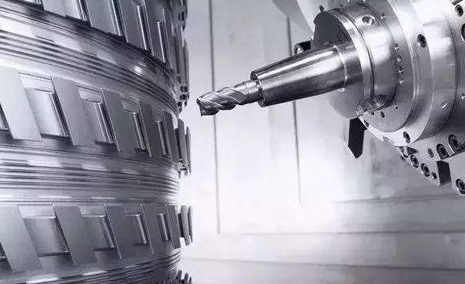 Types & Classification Of CNC Machine Tools | Basics Of CNC Machining
Types & Classification Of CNC Machine Tools | Basics Of CNC Machining
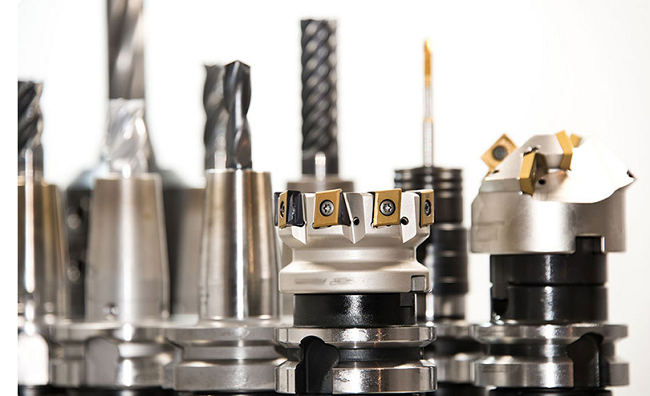 Top 12 CNC Machining & Programming Experiences | CNCLATHING
Top 12 CNC Machining & Programming Experiences | CNCLATHING
 Spring Material Types (Properties, Grades, Uses) & Best Selection for Your Project
Spring Material Types (Properties, Grades, Uses) & Best Selection for Your Project
